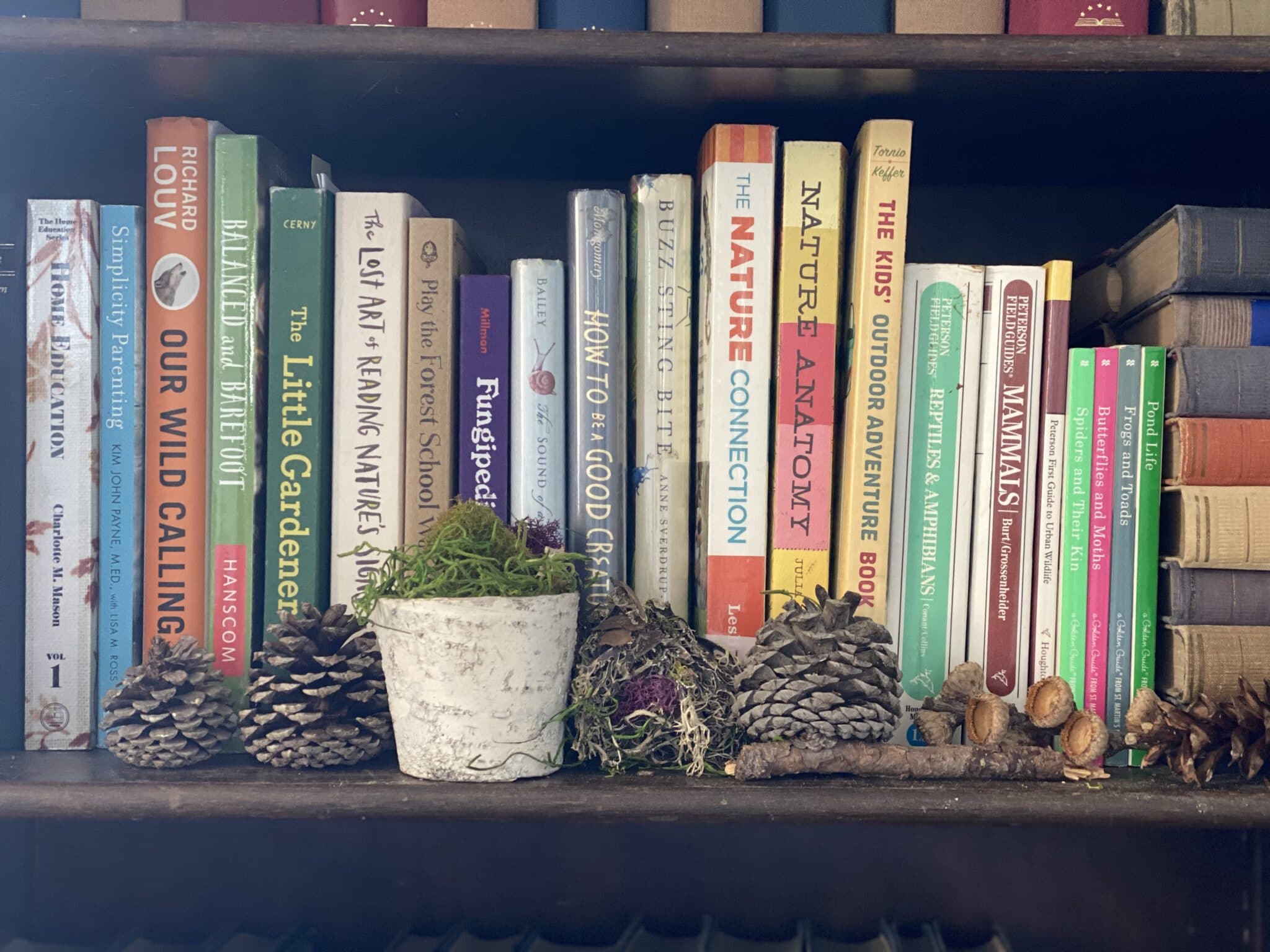
We read a lot of books on connecting kids with nature so we thought it was time to share a few recommendations. These nature books for adults and kids alike will hopefully educate, inspire and share excellent ideas for getting more nature into your child's life. The carefully-chosen books for kids included in the list focus on the beauty and wonder of nature and can help young children develop an understanding and appreciation of the natural world.
These nature-themed books have been largely recommended by experts on the ways in which books can help children feel connected to nature. The titles affirm and underscore a child's relationship with nature, rather than provoke fear and despair. These books can help your child develop a connection to nature and even develop a deep sense of love for nature and the outdoors.
For Parents & Educators
Of course we have to lead with our book. But we admit we love it so! The nature-based curriculum for parents, educators and homeschoolers, 15 Weeks of Nature, is a fun outdoor learning crash course designed to turn any child into a young naturalist. The 15 easy-to-follow activities can be followed in any order and is an ideal entry point for learning in and from nature.
The book that launched the movement to get kids outside, Last Child in the Woods is the groundbreaking work from Richard Louv who directly links the lack of nature in the lives of today's wired generation-he calls it nature deficit-to some of the most disturbing childhood trends, such as rises in obesity, Attention Deficit Disorder, and depression.
In his follow up to Last Child in the Woods, Richard Louv urges us to change our vision of the future, suggesting that if we reconceive environmentalism and sustainability, they will evolve into a larger movement that will touch every part of society. A must read!
Balanced and Barefoot is a "must read" for anyone who works with children. Pediatric occupational therapist and founder of TimberNook shows how outdoor play and unstructured freedom of movement are vital for children’s cognitive development and growth, and offers tons of fun, engaging ways to help ensure that kids grow into healthy, balanced, and resilient adults.
A leader in the field of nature education, author and founder of the Sharing Nature movement, Joseph Cornell released a 20th-anniversary edition of his classic book, drawing on a wealth of experience in nature education. With new nature games, favorites from the field and Cornell's insightful commentary.
As naturalist Jon Young writes in the Introduction, "Experience has taught me that Coyote Mentoring, working on so many levels, is by far the most effective learning and healing journey I have yet to encounter. I have seen people fully connect to the birds of their landscape, discovering hawks, foxes, and owls with the help of birds and other animals." This book will be an essential guidebook for mentors, parents, teachers, camp directors, and others wanting fun and exciting ways to connect children (and adults!) with nature.
In Childhood and Nature, noted educator David Sobel makes the case that meaningful connections with the natural world don't begin in the rainforest or arctic, but in our own backyards and communities. An observation that we agree with whole-heartedly! Sobel is a pioneer in early nature-based education.
In Childhood and Nature, noted educator David Sobel makes the case that meaningful connections with the natural world don't begin in the rainforest or arctic, but in our own backyards and communities. An observation that we agree with whole-heartedly! Sobel is a pioneer in early nature-based education.
Play expert Peter Gray's Free to Learn draws on evidence from anthropology, psychology, and history to show us that free play is the primary means by which children learn to control their lives, solve problems, get along with peers, and become emotionally resilient. Free to Learn suggests that it's time to stop asking what's wrong with our children, and start asking what's wrong with the system.
Nature Activity Ideas
This book by garden educator Julie Cerny is an excellent, comprehensive and beautifully illustrated guide for parents, grandparents, caregivers, and educators who want to help children explore the natural world through gardening. The Little Gardener is a thoughtful combination of detailed instructions, tips, anecdotes, and seasonal activities designed to connect gardeners to natural systems. With fun projects, useful charts, and creative journal prompts.
In just a few years, Hike it Baby has become a central force uniting new parents and their babies with the great outdoors! Their eponymous book, Hike it Baby, is a treasure trove of ideas and tips for parents and caregivers who want to get their baby out on the trail. Includes regional hikes carefully reviewed by experienced parents and caregivers.
This popular book shares many of the creative nature-based activities that forest schools use. Packed full of ideas, from making nature jewelry and whittling a bow and arrow, to building a shelter and foraging for food, it also celebrates the Forest School philosophy of encouraging self-esteem, confidence, and social skills through engagement with nature. The activities contain variations for varied age groups, small groups like play dates or birthday parties, as well as things to do with just one or two children.
Clare Walker Leslie shows kids how to experience nature with all five senses, whether they live in the countryside, a major city, or somewhere in between. Guiding children through inspiring activities like sketching wildlife, observing constellations, collecting leaves, keeping a weather journal, and watching bird migrations, The Nature Connection encourages kids to engage with the world outside and promotes a lifelong love of nature.
Acclaimed illustrator Julia Rothman combines art and science in this educational guide to the structure, function, and personality of the natural world. Explore the anatomy of a jellyfish, the inside of a volcano, monarch butterfly migration, how sunsets work, and much more. Rothman’s whimsical illustrations are paired with interactive activities that encourage curiosity and inspire you to look more closely at the world all around you.
For Kids
Books about appreciation for the natural world.
Appreciation for nature addresses the development of awareness, enjoyment and wonder, and gratitude for the natural world.
Mammals for the Young Naturalist is a Childhood by Nature fact and activity book designed to help children interested in mammals become young naturalists. Children will learn fun facts about the wide world of mammals as well as things they can do to help mammals in our world.
Age Range: Preschool & up
A Childhood by Nature original, Birds for the Young Naturalist takes young readers through the wonderful, wide world of birds. Includes fun hands-on activities designed to help young naturalists become budding bird behaviorists as they get to know feathered friends around them!
Age Range: Preschool & up
Someone is always awake in the forest and someone else is always asleep! Some animals are alert in the daytime and sleep at night. Others are alert at night and are sleepyheads during the day. Plus be sure to count the animals.
Age Range: Preschool & up
Late one winter night a little girl and her father go owling. The trees stand still as statues and the world is silent as a dream. Whoo-whoo-whoo, the father calls to the mysterious nighttime bird.
Age Range: 3 - 7 years
It’s a rare nonfiction book that’s also a simple, beautiful poem. In this gorgeous Little Golden Book from 1957, Eloise Wilkin’s stunning and realistic artwork is accompanied by gentle text that brings an awe of nature to the youngest readers.
Age Range: 3 - 7 years
Featuring butterflies and moths, crickets and cicadas, bumblebees and beetles, this zippy rhyming exploration of backyard-bug behavior is sure to have young insect enthusiasts bugging out with excitement!
Age Range: 2 - 4 years
Tall Tall Tree is a tribute to the last remaining old-growth redwood forests that stand along the northern Californian coast. The perfect forest book for kids, Tall Tall Tree includes accurate scientific information about redwood trees and the habitat they create, making this book important for young readers at home and in the classroom.
Age Range: 3 - 8 years
Award-winning author/illustrator Denise Fleming gives young readers a frog’s eye view of life in a pond throughout the seasons in the Caldecott Honor Book, In the Small, Small Pond.
Age Range: 4 - 5 years
Young scientists will love this nature mystery that reveals the secrets hiding in seeds, plants, flowers, and fruits throughout the life cycle of various flora. Curiosity will bloom in this introduction to botany and primary nature science.
Age Range: 4 - 8 years
In Under One Rock: Bugs, Slugs, and Other Ughs, vibrant illustrations and rhyming text offer readers an experience exploring under a rock and a chance to learn of its ecology. Children will gain an appreciation for the world under a rock―that hides a whole crowd on a summer's day.
Age Range: 4 - 10 years
This award-winning contemporary classic is the survival story with which all others are compared—and a page-turning, heart-stopping adventure, recipient of the Newbery Honor. Hatchet has also been nominated as one of America’s best-loved novels by PBS’s The Great American Read.
Age Range: 11 - 13 years
Books about caring for the natural world.
Caring for the natural world refers to the actions and respect that the natural world requires to maintain healthy ecosystems for the mutual benefit of all.
An inspiring, lyrical story, rooted in Lennon's life and work, Touch the Earth is filled with beautiful illustrations that bring the faraway world closer to young children. The book includes words to a special poem written by Julian Lennon, specifically for Touch the Earth.
Age Range: 3 - 6 years
Bold, child-friendly illustrations and die-cut pages will draw even the youngest listeners to this gentle reminder of the easy, everyday ways we can be kinder to the earth.
Age Range: 3 - 7 years
Follow Jane from her childhood in London watching a robin on her windowsill, to her years in the African forests of Gombe, Tanzania, invited by brilliant scientist Louis Leakey to observe chimps, to her worldwide crusade to save these primates who are now in danger of extinction, and their habitat.
Age Range: 4 - 8 years
Award-winning author Liz Garton Scanlon presents a young, rhythmic read-aloud about a girl who solves a windy problem with an environmentally sound solution: planting trees.
Age Range: 4 - 8 years
Why should you be a friend to trees? Trees are a valuable natural resource. People depend on trees for food, and animals depend on trees for food and shelter. But most important, we depend on trees because they add oxygen, a gas we all need, to the air.
Age Range: 4 - 8 years
Backyard Books: Are You an Ant? by Judy Allen with illustrations by Tudor Humphries will give children who love to track ants an inside look at the everyday life of this fascinating insect, as they explore the similarities and differences to themselves.
Age Range: 5 - 8 years
As a boy, Jadav Payeng was distressed by the destruction deforestation and erosion was causing on his island home in India's Brahmaputra River. So he began planting trees. What began as a small thicket of bamboo, grew over the years into 1,300 acre forest filled with native plants and animals.
Age Range: 5 - 8 years
Kids can peek underground, dig into the wonders of roots and discover all the amazing things roots do for trees and plants. Whether children are junior gardeners or simply curious about the trees they climb and the flowers they pick, this picture book shows the side of the story they don't see-the underground story.
Age Range: 5 - 8 years
Young naturalists explore sixteen birds in this elegant introduction to the many, remarkable uses of feathers. Beautiful and delicate watercolor illustrations showcase life-size feathers and compare them to everyday objects. With a scrapbook design, Feathers is part science journal, part read-along nonfiction, making it a wonderful resource for nature studies and a delight for the youngest bird lovers.
Age Range: 6 - 9 years
In Near One Cattail: Turtles, Logs and Leaping Frogs, vibrant illustrations and rhyming text offer readers a chance to learn about the wetlands and many of the creatures that make their habitat there. Children will gain an appreciation for the world around us through this fun and interesting topic.
Age Range: 4 - 10 years
Discover the secret life of trees in this wonderful book by the author of The Hidden Life of Trees, Peter Wohlleben. Wohlleben shares the mysteries and magic of the forest with young readers, revealing what trees feel, how they communicate, and the ways trees take care of their families.
Age Range: 8 - 10 years
A few of the links in this post are affiliate links. This means if you click on the link and purchase the item, we will receive a small affiliate commission at no extra cost to you. All opinions remain our own.







































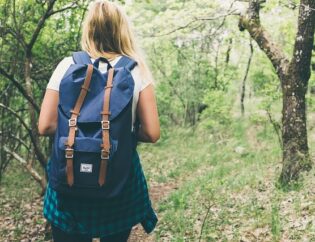
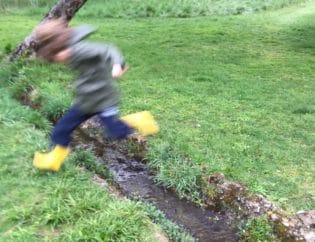
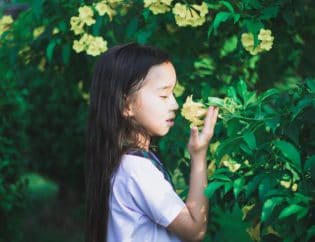

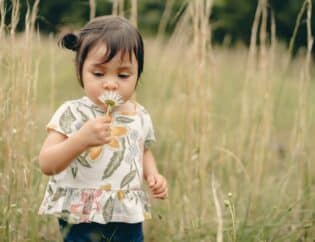
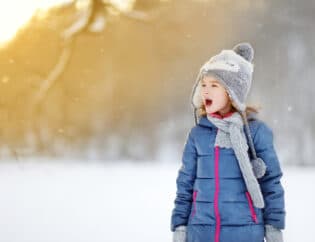
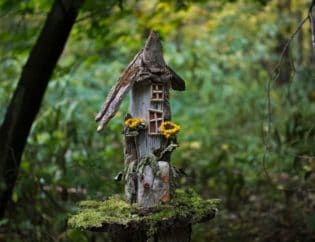
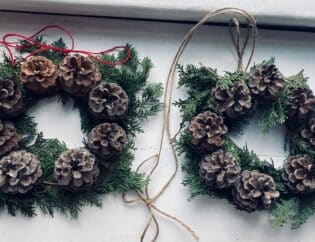

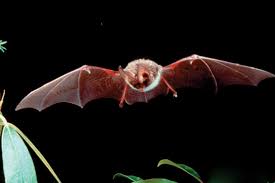
I’m sad to see the inclusion of The Giving Tree and Island of the Blue Dolphins on this list. Contrary to being about conservation, The Giving Tree promotes a vision of basically using up a resource until it’s gone, complicated by the fact that the human “boy” just keeps taking and taking and taking from the female tree. YUCK! And hard as it is to say something negative about one of my favorite books from childhood, Island of the Blue Dolphins has, in recent years, come under criticism from indigenous scholars of both children’s literature and California indigenous history. Author Scott O’Dell was a white man and veteran Hollywood screenwriter who basically created an imaginary, romanticized history in the vein of 1950s Hollywood Indians. (https://americanindiansinchildrensliterature.blogspot.com/2016/06/a-critical-look-at-odells-island-of.html) As the world of children’s literature focuses more and more on primary voices telling their own stories, it’s really important that we promote those stories in place of the ones written by white people, as sentimental as our feelings might be.
Thank you for your thoughtful comment, Suzy. You make very good points about both books. We will reevaluate including both books on our list.
Suzy’s insights are spot on. As a nonfiction nature author, I am happy to say there are more and more stunning, accurate, engaging nature-based children’s books being published every day. Childhood by Nature would be a perfect home for a selection of curated books, just sayin’. Check out authors Melissa Stewart (e.g., Feathers, Not Just for Flying), Heather Montgomery (e.g., Little Monsters of the Ocean: Metamorphosis under the Waves), Kate Messner (e.g., Over and Under the Snow/Pond), Lois Hutts (e.g., A Seed is Sleepy), Peter Wohlleben’s Can You Hear the Trees Talking…so many current titles and many more in the works by talented authors and illustrators who care deeply about nature.
We will definitely check these out. Thank you Carrie.